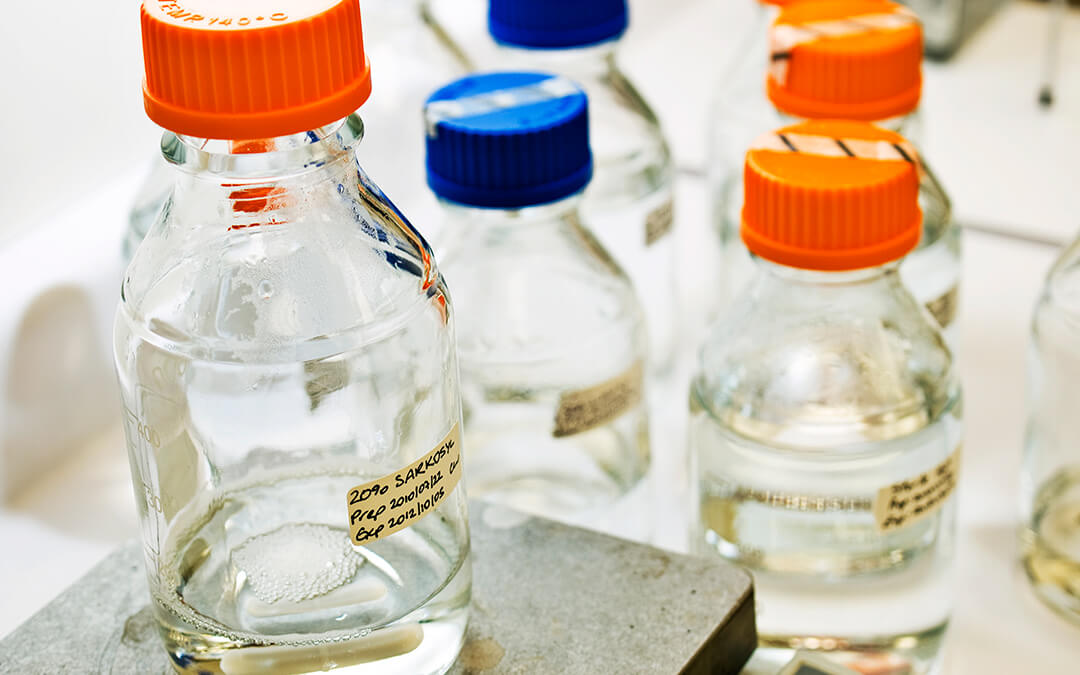The results obtained from forensic DNA analyses can be very powerful in terms of identification evidence. Forensic DNA analysis can be extremely discriminating and random match probabilities are often so low as to essentially pinpoint an individual as the source of a bodily substance to the exclusion of all others. However, DNA results are often not black and white. Evidence samples that either yield mixed DNA profiles or contain very low quantities of DNA (or both) are particularly challenging and require a significant degree of interpretation by forensic biologists. Interpretation, in turn, is inherently subjective and involves a number of assumptions.
Forensic DNA analysis, when performed properly by qualified technical and scientific staff in an accredited facility, is rightly considered one of the most powerful tools for the individualization of bodily substances.
- Technical procedures for conducting DNA analysis are sound and generally accepted within the scientific community
- Forensic DNA analysis has more rigorous standards for quality than any other forensic science discipline
- Most laboratories performing forensic DNA analysis are accredited, though the process is voluntary in Canada
Forensic DNA analysis is extremely sensitive, meaning that DNA profiles can be successfully determined from very low quantities of DNA. While blood, semen, and saliva are all rich sources of DNA and are commonly encountered in casework, DNA profiles can also be generated from touched or handled surfaces where small numbers of skin cells have been left behind. It’s not uncommon to find low levels of DNA on various surfaces and objects within an environment, whether or not a crime has occurred. A very important question when dealing with profiles from low-level DNA is whether the DNA detected was deposited during the alleged events. Could it have been deposited prior to the alleged events? After the alleged events but prior to sample collection? Does the DNA profile of interest originate from a particular body fluid?
- Current DNA technologies may permit individual profiles to be readily determined even when mixed in samples with DNA from other individuals.
- Mixtures of DNA are prevalent in forensic science.
- Mixtures of DNA can be very complex and are one of the most significant challenges to forensic scientists.
As with any laboratory analysis, however, errors can and do happen and even when error-free, forensic DNA analysis has a number of limitations – and these will often be case-specific. Even when the identity of a DNA contributor is not in question, there are many limitations pertaining to context that are not always effectively articulated in DNA reports. The time and manner of deposition of many DNA profiles cannot be ascertained with a high degree of certainty, giving rise to very relevant questions such as whether a particular body fluid is associated to a crime event in the first place.
- Though errors could occur at any stage of the analysis process, the interpretation of results poses a particular risk
- Interpretation can be problematic with very low levels of DNA and/or mixed sources of DNA
- A high proportion of cases where DNA is tested have samples where one or both of these conditions prevail
- Interpretation in such cases can be subjective, and relies on key assumptions and individual opinions that may not always be correct
- Interpretation involves analyzing raw data from the DNA analysis process, identifying artefacts, determining the genotype (or profile) associated with the results and comparing profiles from different samples, including known profiles from persons of interest.
- This can be relatively straightforward for some profiles, given the appropriate training and expertise, but is far more complex when dealing with mixed profiles or profiles generated from very small amounts of DNA.
- There is considerable variation from laboratory to laboratory in the way that forensic biology/DNA results, conclusions, opinions and interpretations are conveyed. Whatever the format, language used generally has very specific meaning but can nevertheless sometimes be interpreted by different people to mean different things.
Forensic DNA analysis has had a tremendous positive impact in the criminal justice system, but its reliability should not be taken for granted. Despite high standards for quality, errors can and do happen. Moreover, there are a number of limitations to any forensic DNA analysis, even when it is properly conducted. The context and limitations of DNA results will be different in each case. Your forensic practitioner can assist you in understanding what the results mean, and sometimes more importantly, what they don’t mean.
– Valerie Blackmore, President & Forensic Biologist

